

Carriage bolts are a unique type of fastener characterized by a rounded head and a square or slightly tapered neck under the head. This design makes them ideal for applications where a smooth, flush finish is desired and where the bolt needs to be prevented from turning as it's tightened. Unlike other bolts, their square neck prevents them from spinning freely within the hole, eliminating the need for a separate nut in many situations. This article delves into the specifics of carriage bolts, exploring their various uses, material composition, and how to choose the appropriate type for different applications.
The defining feature of a carriage bolt is its rounded head and square or slightly tapered neck. The rounded head provides a smooth, aesthetic finish, often preferred in visible applications like furniture or decorative woodwork. The square or tapered neck prevents rotation, allowing for easy installation and a secure hold, especially in softer woods. This design eliminates the need for a nut in many instances, simplifying installation and reducing the overall component count.
Carriage bolts are typically made from steel, although other materials such as stainless steel, brass, and bronze are also available. The choice of material often depends on the specific application and the environmental conditions. Stainless steel carriage bolts, for example, offer superior corrosion resistance and are ideal for outdoor applications or environments with high humidity. Different finishes, such as zinc plating, powder coating, or hot-dipping galvanizing, can further enhance corrosion resistance and durability.
The versatility of carriage bolts makes them suitable for a wide range of applications. They are frequently used in:
Selecting the correct size and length of a carriage bolt is crucial for ensuring a secure and effective fastening. Consider the thickness of the material being joined and the desired level of clamping force. Overly long bolts can weaken the structure, while bolts that are too short may not provide adequate hold.
The choice of material depends on factors such as the expected load, environmental conditions, and aesthetic requirements. Stainless steel carriage bolts are a popular choice for their corrosion resistance, while steel carriage bolts are commonly used in less demanding applications.
Installing a carriage bolt is relatively straightforward. Begin by drilling a pilot hole slightly smaller than the shank diameter of the bolt. Then, drill a slightly larger hole to accommodate the square neck. Insert the bolt and tighten it using a wrench or screwdriver. For softer materials, a countersink bit may be needed to create a countersunk hole for the bolt head.
| Feature | Steel Carriage Bolt | Stainless Steel Carriage Bolt |
|---|---|---|
| Corrosion Resistance | Low | High |
| Cost | Lower | Higher |
| Strength | High | High |
| Applications | Indoor use, less demanding environments | Outdoor use, corrosive environments |
For a wide selection of high-quality carriage bolts and other fasteners, explore the extensive inventory at Hebei Muyi Import & Export Trading Co., Ltd. They offer a variety of materials and sizes to suit your project needs. Remember to always consult manufacturer specifications for exact dimensions and installation recommendations.
This information is for general guidance only. Always follow manufacturer instructions and safety guidelines when working with fasteners.

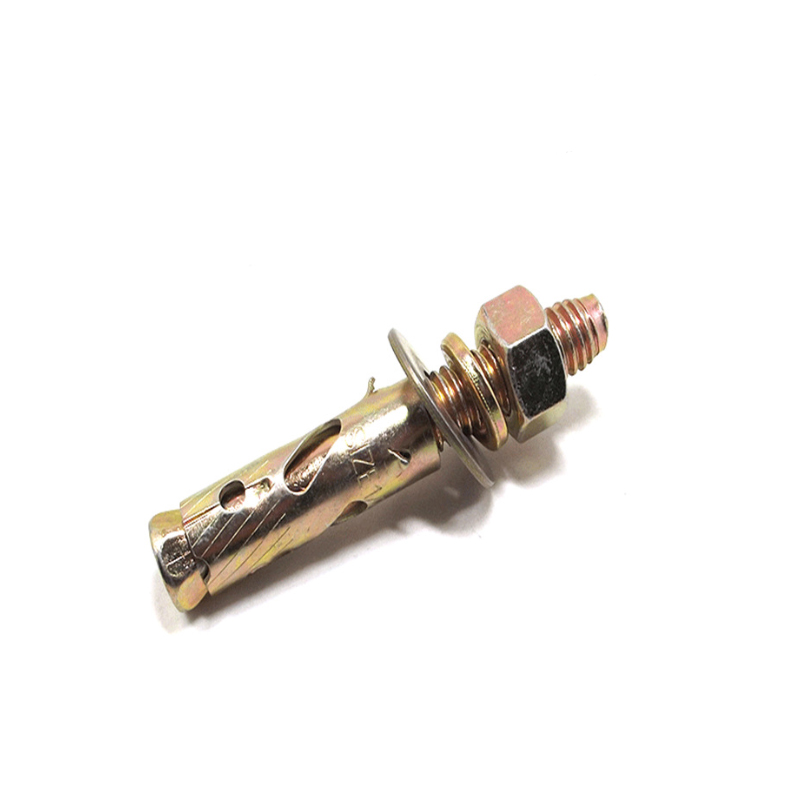
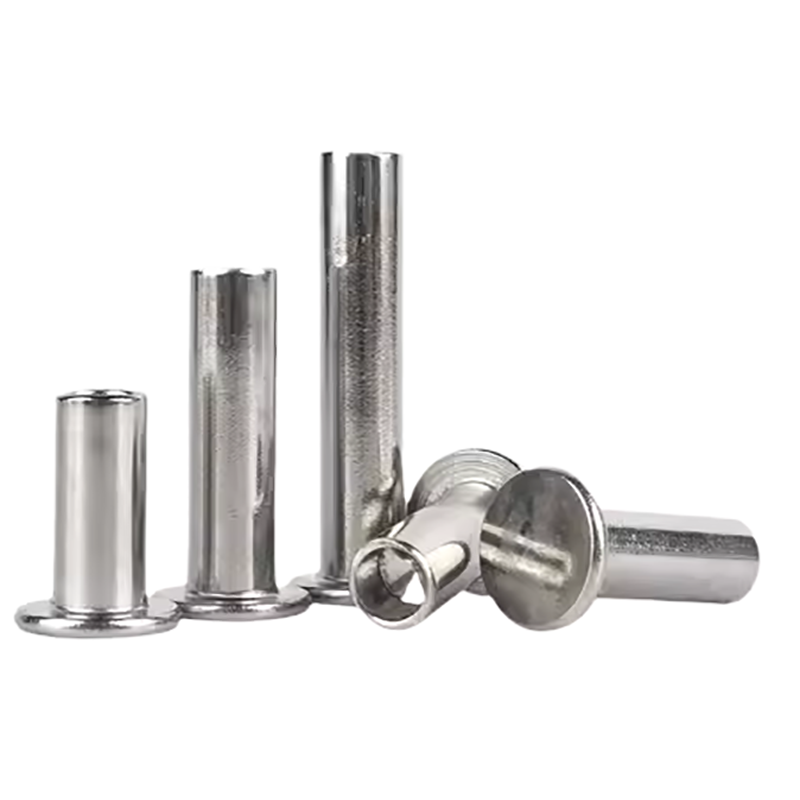
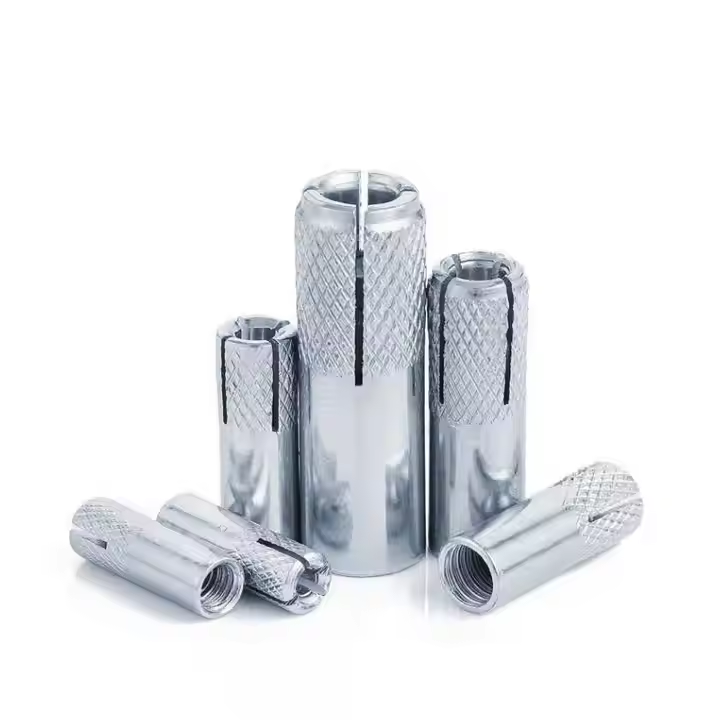
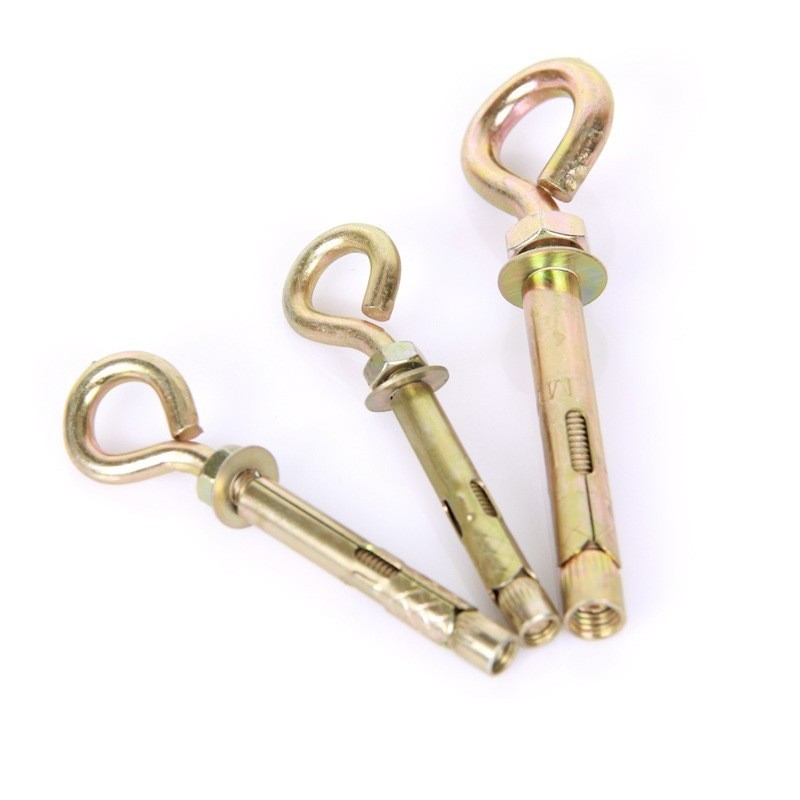

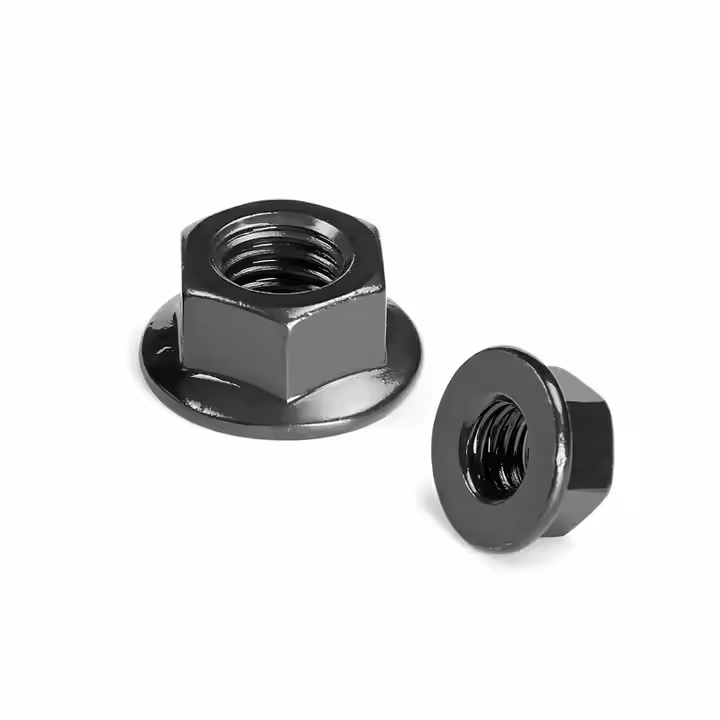
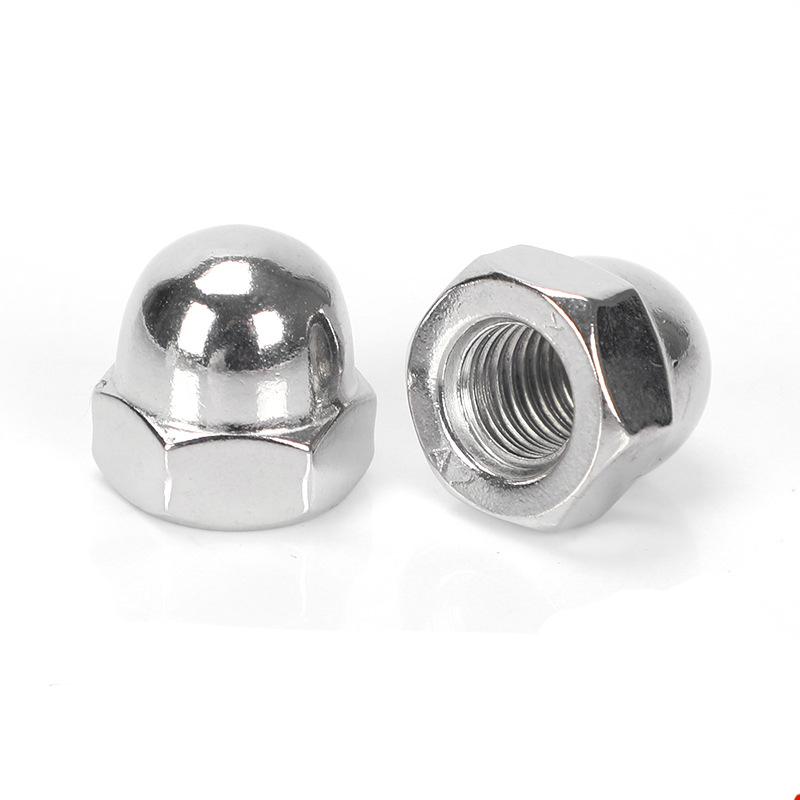

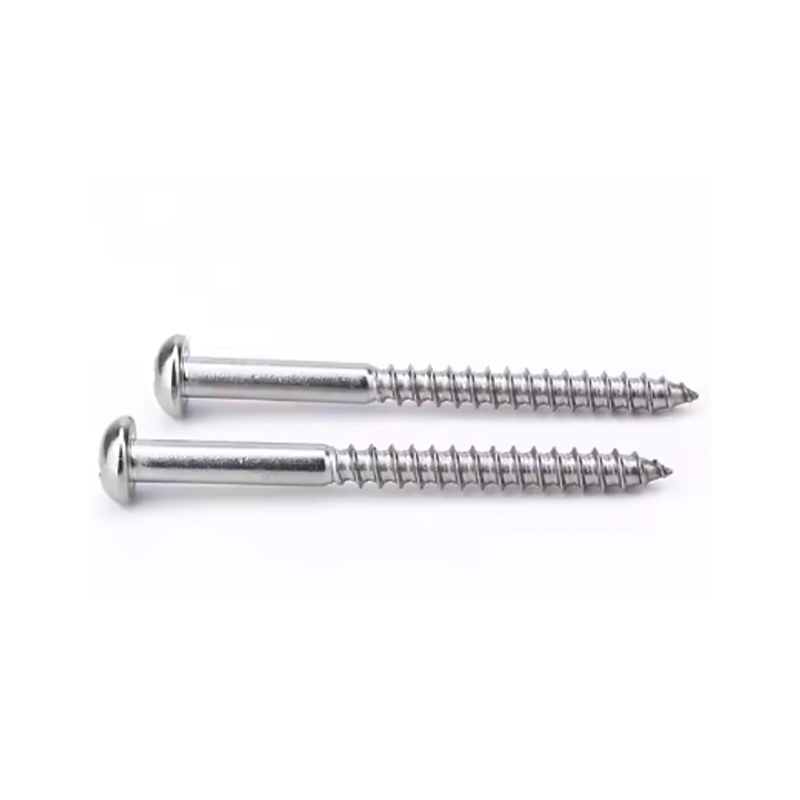
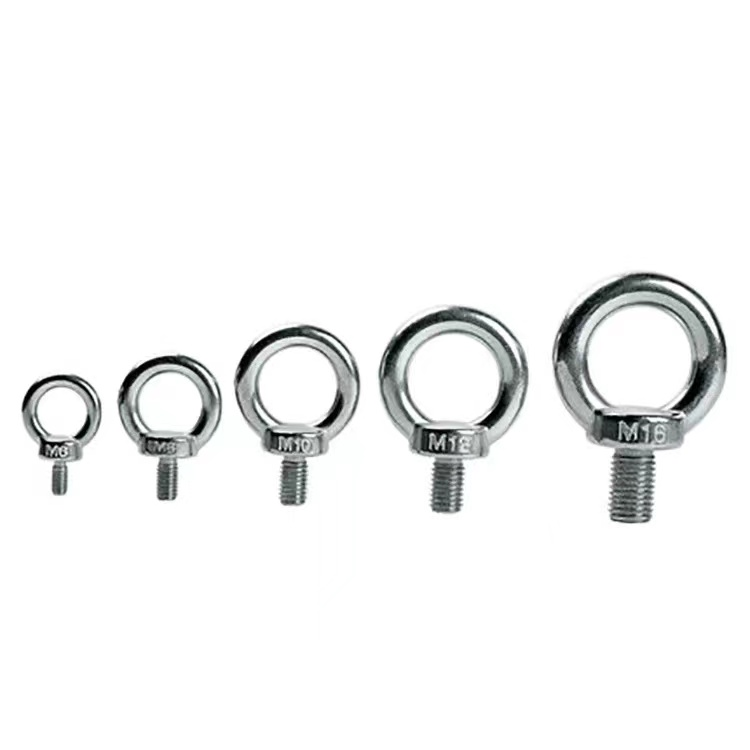
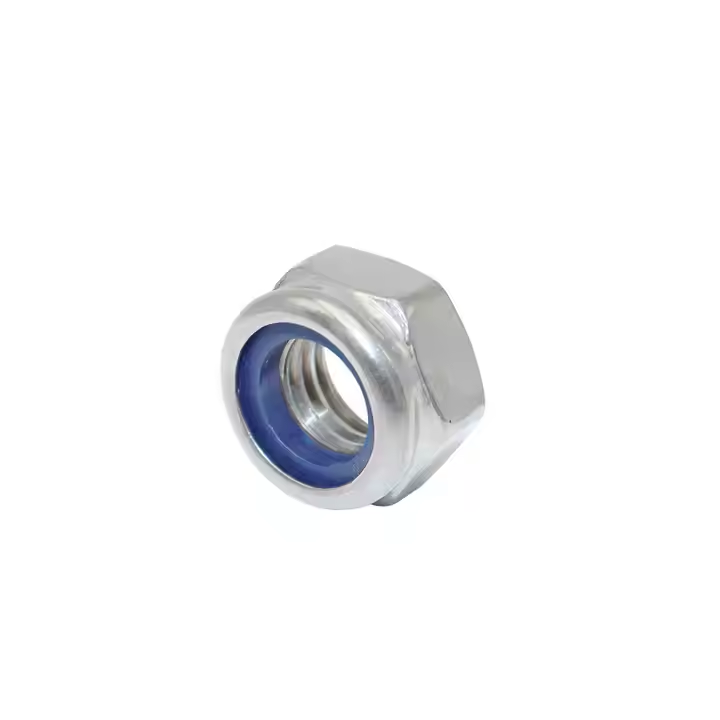
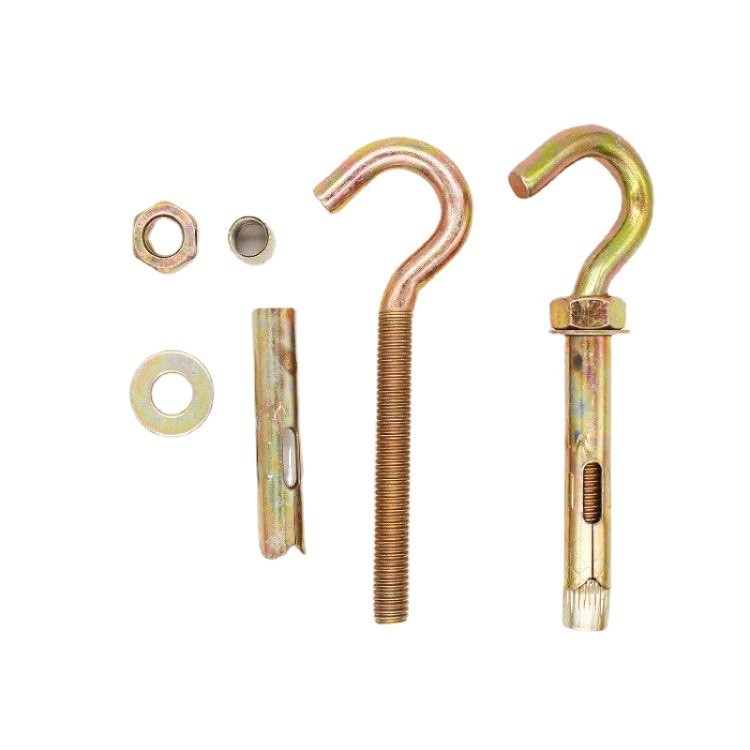
Please enter your email address and we will reply to your email.